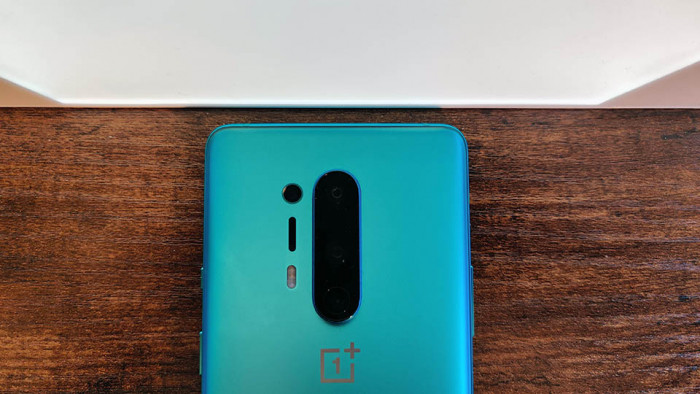Physicists Question Super Mario Galaxy's Scientific Accuracy
Physicists Question Super Mario Galaxy's Scientific Accuracy


When they're not busy discovering the building blocks of the universe or torturing protons with lasers, physicists like nothing better than provide proof of their notorious sense of humour. Stuff like neutrons walking into bars (no charge) and quantum puns (let me atom). Or why Mario is physically inaccurate. Classics.
Having presumably run out of sensible experiments to occupy their time, a group of physics students at Leicester University's Department of Physics and Astronomy has turned its attention to investigating the gravitational fields and density of Super Mario Galaxy's tiny, platform-filled planets. Unsurprisingly, the numbers don't quite add up.
For those who haven't played the excellent Wii platformer, the game is littered with small planets, with a radius measuring some 50 to 100 metres. The study, titled It’s a-me Density! (okay, that is quite funny), questions how these tiny bodies can maintain Earth-like gravity without having a super-dense structure equivalent to that of a white-dwarf star.

The study goes on to offer some absolute gems of mathematical reasoning: "Leaving aside the issue of the planet’s implausibility, what affects would being on the surface of such a small planet have on Mario? Although gravity is 9.81ms−2 at his feet, the inverse square law shows that the gravity at his head would be noticeably different. Taking Mario’s height to be 1.5m, eq.1 gives an acceleration due to gravity of 9.237ms−2. The slight lack of resistance to upwards blood flow would inflate and redden the subject’s face." Our thoughts exactly.
In conclusion, the physicists reason that were the tiny planets to exist, "the planet would survive for only a very brief moment before violently destroying itself and any short plumbers who happen to be running about on its surface". You can read the number-heavy report here.
We're yet to receive word on Nintendo's response to the study, but we're expecting it will come in the form of a shrug.
[Via: Polygon/Leicester University]
Latest
Related Reviews and Shortlists









